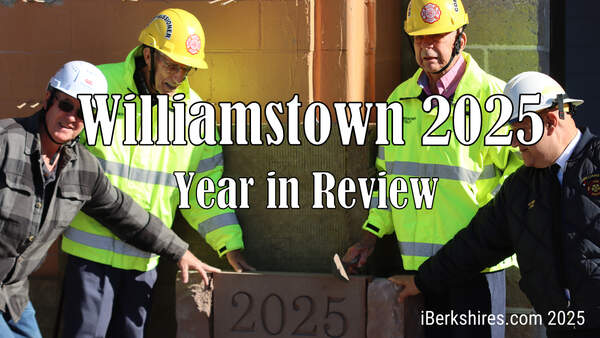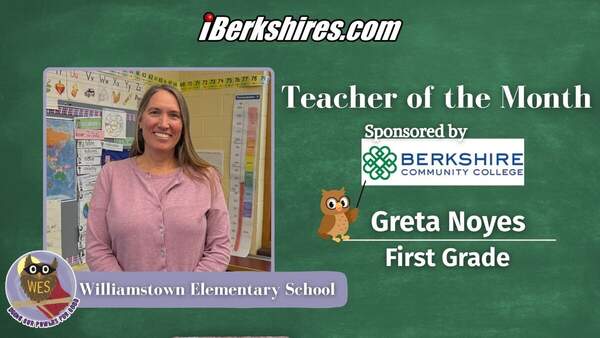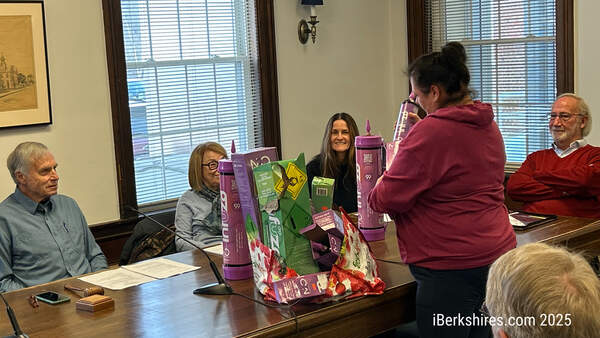Letter: Night of the Living Voting Clickers
 |
To the Editor:
I did a little research regarding the proposed Williamstown electronic voting devices and am offering more information than was provided by Selectman Daley.
First: The cost of the devices is $26,000 for 1,000. Williamstown, actually has more poverty than Lanesboro, and I’m sure 26 needy families could make good use of $1,000.
The devices appear to be of Asian origin and are identified as SunVote M30 Response Keypads. Other towns in New England have begun using these or similar devices. Williamstown appears to be gung-ho to jump on the bandwagon.
They are designed to work via Bluetooth radio waves. The keypads use two lithium CR2032 batteries each. They employ two-way RF 2.4GHz digital communication technology.
Some questions are:
Are they safe to use for everybody?
Could they affect anyone's medical devices?
Could having 1,000 keypads simultaneously pressed have cumulative, unpredictable consequences?
Up to 30 percent of the population may be sensitive to RF radio waves. Common symptoms may be anxiety, hyperactivity, irritability, depression, chest tightness, fatigue, memory loss, headaches, dizziness, sleep issues, noise sensitivity, ringing in the ears, burning eyes, nervous bladder, heart palpitations, muscle tension, joint pain and skin rashes.
Can these keypads be hacked? Can voters/entities obtain additional keypads and vote more than once without being easily detected?
Conversely, how do you prevent the people sitting near you from seeing your vote?
There may be advantages to using these keypads. People may be more willing to oppose out-of-control spending if they can do it anonymously. However, it may be premature to adopt using these keypads without more longitudinal study.
Ken Swiatek
Williamstown, Mass.















